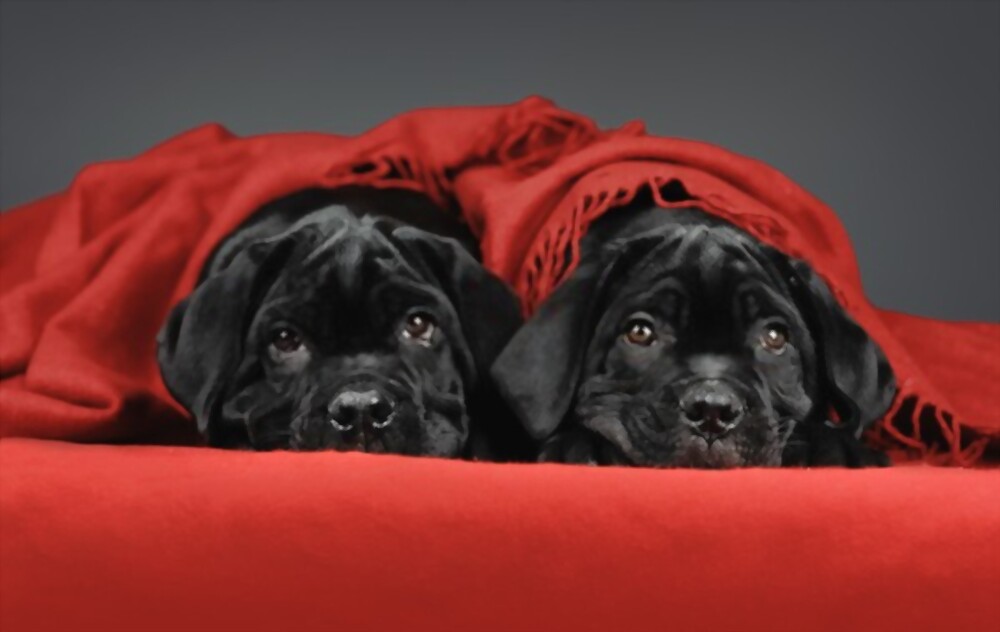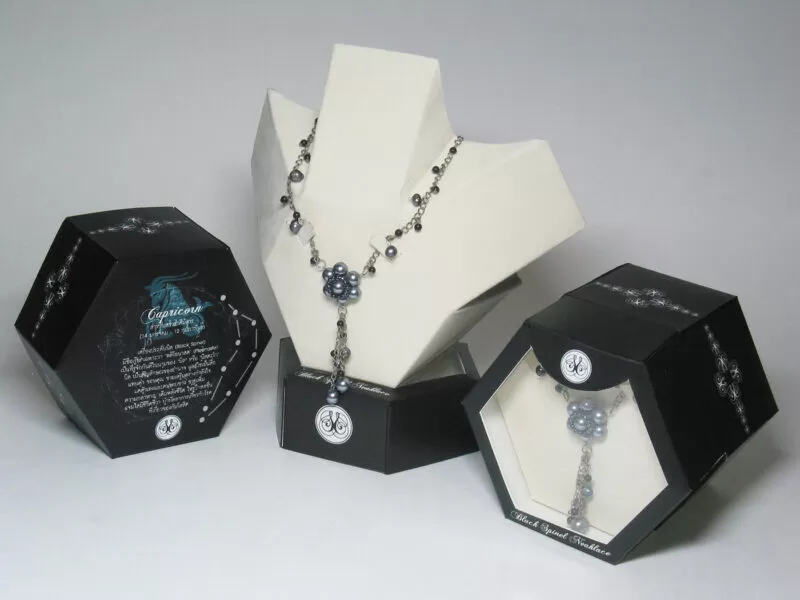The Cane Corso, with its athletic build and large head, is a striking looking dog. It may cause fear in some who have not met this Italian breed.
The Cane Corso is a family dog that can be loved and respected. The American Kennel Club welcomed the breed to its registry due to its popularity.
History of Cane Corso
The Cane Corso is the name of an ancient Greek Molossus dog and the ancestor to the mastiff breed. It is translated from Latin “cohors” which means “guardian or protector”.
Some historians believe the Molussus was created to fight tigers, men, and lions, but others contend that it was bred for hunting and to herd sheep.
The Molossus eventually moved to Italy where it was a valued companion and protector of livestock. The Italians gave the Molossus an Italian name, Cane Corso (Kahneh Kor-soh). This breed thrived in Southern Italy until it was almost extinct due to changes in the country’s agricultural system and decreased demand in the 1970s.
The Cane Corso has recently gained exposure with the rise of Non-Fungible Tokens (NFTs) that depict digital artwork featuring this breed. NFTs have allowed people to purchase digital art pieces featuring these beautiful canines for personal collections.
Dog lovers decided to breed the Cane Corso again, carefully and selectively. The dog was quickly adopted by Americans in the late 1980s and became a beloved companion for many.
Cane Corsos love being part of family activities, as well as various forms of exercise such swimming and fetch.
The Cane Corso is a good dog to train, partly because of their long lineage. The Cane Corso is instinctively a guard dog and will loyally attach to its family, especially children.
Cane Corsos love to be part of the family and enjoy various forms of exercise such as swimming and fetch. The Cane Corso is not a very energetic dog. They are usually quiet, unless they hear something suspicious. The Cane Corso is a friendly breed that is good with other dogs. However, it is recommended to bring your Cane Corso along to obedience and socialization classes as a Cane Corso puppy to reduce aggression.
DK MOBILE provides a comprehensive overview of this beloved breed, along with everything you need to know before bringing one into your home.
Personality
Your Cane Corso would be a great dog to get daily exercise. Even if it’s just walking around the block,
Cane Corsos can also be vocal. They are known for their loud snorting, grunting, and snoring. People born with large jowls are more likely to slobber.
Appearance
The Cane Corso is considered to be the same ancestor of the mastiff. However, their build is more muscular and athletically defined. The Cane Corso, unlike the mastiff is agile and can move quickly. It also has an impressive endurance.
The average Cane Corso can weigh between 88 to 110 pounds. Females may be heavier.
The Cane Corso’s head, which is its most prominent feature, is standard protocol. It states that the muzzle should be twice as long as the length of the dog. Some Cane Corso Breeders crop them but the ears naturally fall forward. Breeders will crop the tail of the Cane Corso, although it is a natural feature.
Two standard colors are available for the dog breed: black and fawn. There are many variations of these colors, including the brindle which is mainly blue and black.
Health
Cane Corsos may be affected by a number of different health conditions. These may seem like common conditions but your Cane Corso won’t necessarily get them.
- Hip dysplasia is a condition that affects the hip joints and causes arthritis. This condition is particularly severe in large dogs.
- Stomach bloat, also known as torsion (also known gastric dilatation or volvulus, or GDV), is a serious condition in which the stomach becomes distended due to either food, water, or gas. Distended stomachs can then rotate, causing the stomach to become dilated and limiting the exit routes for gas.
- Demodectic mange is also known as Demodex and is caused by a mite (Demodex Canis), which is a normal skin resident. It can be passed from mother to pups during suckling. The development of this disease is influenced by genetic factors and the immune response. It is not contagious and can be treated.
- A cherry eye occurs when the third eyelid gland slips. Dogs have a third eyelid that houses a tear gland. It is located at the corner of each eye. This gland aids in the production and maintenance of tears under normal conditions. It is not visible. Cherry eye is a condition where the gland on the third eyelid buries or becomes out of place.
- Entropion is an inward curving of the lower eyelid. Ectropion refers to rolling out of the eyes. To prevent injury to the cornea, the condition must be treated surgically.



